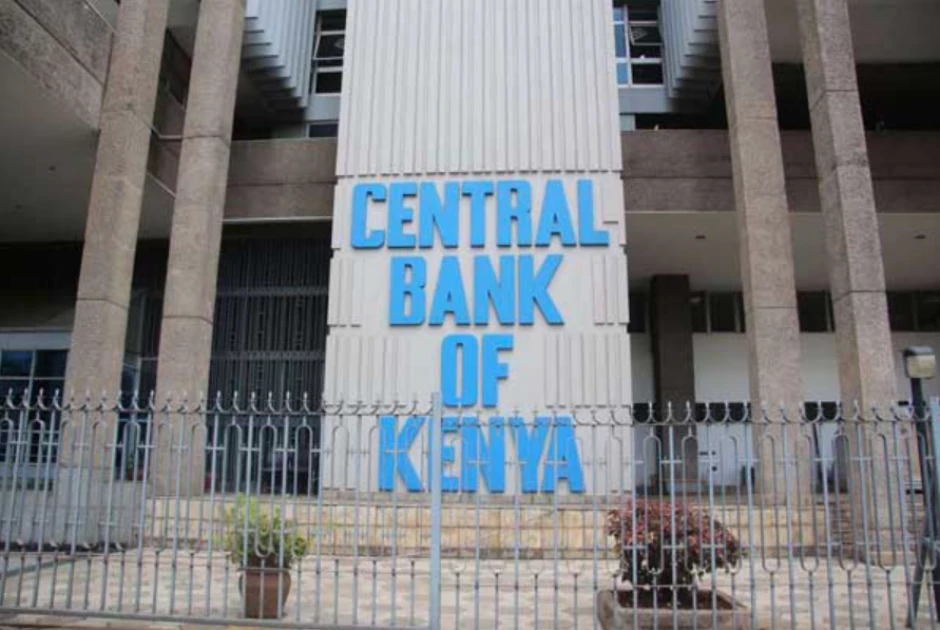The Central Bank of Kenya (CBK) has announced a major policy shift in the pricing of bank loans, moving from the Central Bank Rate (CBR)-based model to a revised risk-based credit pricing framework.
In a statement issued on Tuesday, August 26, CBK Governor Kamau Thugge said the new system will take effect from September 1, 2025, for all new variable-rate loans. Existing variable-rate loans will transition to the new framework beginning February 28, 2026, following a six-month adjustment period.
The changes come after extensive consultations with stakeholders, including commercial banks, industry associations, development partners, non-bank financial institutions, consultancy firms, academia, corporates, and individuals. “These comments were duly reviewed and considered in finalising the revised risk-based credit pricing model,” CBK noted.
The regulator explained that the move is part of its broader effort to enhance monetary policy transmission, improve transparency in lending, and promote responsible credit practices. Under the new framework, lending will be closely aligned with borrowers’ risk profiles, ensuring that interest rates better reflect individual creditworthiness.
The model will be anchored on the newly renamed Kenya Shilling Overnight Interbank Average (KESONIA), which replaces the traditional CBR as the key reference rate. A bank’s total lending rate will now be calculated as KESONIA plus a premium (“K”), which will cover operational costs, shareholder returns, and the borrower’s assessed risk level.
KESONIA will apply to all variable-rate loans, except foreign currency-denominated and fixed-rate facilities. In cases where KESONIA is not practical, the CBR will remain available as an alternative benchmark.
To ensure transparency, banks will be required to publish their weighted average lending rates on their websites as well as on the Total Cost of Credit (TCC) portal.
Analysts note that the shift could bring more discipline to Kenya’s credit market by encouraging borrowers to maintain strong repayment histories while compelling banks to be more transparent in their pricing. The new model also aligns Kenya with international best practices, marking a significant step in the country’s financial sector reforms.

